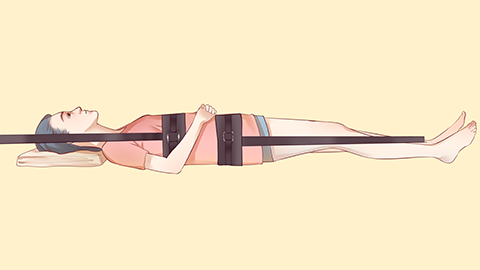Can you exercise if you have a lumbar disc herniation?
In general, lumbar disc herniation is not an absolute contraindication for exercise. However, whether and how to exercise must be determined based on the stage of condition, symptoms, and professional evaluation. Detailed analysis is as follows:

During the acute phase, when pain is severe and nerve roots are significantly compressed, the primary goal is immobilization and anti-inflammatory treatment. Strict bed rest helps reduce intradiscal pressure, and any active training may worsen the condition. Once entering the remission phase, low-load activities can gradually be introduced—such as supine ankle pumps, diaphragmatic breathing, slow swimming or walking in water. The buoyancy reduces body weight loading, promoting blood flow without increasing shear forces on the lumbar spine.
If persistent radicular pain, muscle weakness, or cauda equina signs are present, this indicates the nerves remain in a high-risk state. Compression should first be relieved via medication or minimally invasive procedures. Functional recovery after intervention should follow a stepwise rehabilitation program; self-initiated intensive exercises must be avoided. In the long term, high-impact activities such as barbell squats, competitive ball sports, jumping, and running should be avoided, as they may subject the intervertebral discs to forces several times body weight—posing risks that outweigh potential benefits. Gentle exercises like modified Tai Chi or Baduanjin are more suitable for long-term adherence, with forward bending limited to pain-free ranges.
Perform 15 minutes of lumbar stretching before and after exercise, focusing on relaxing the piriformis and hamstrings. A lumbar support belt may be used temporarily during training, but cumulative daily use should not exceed two hours to prevent disuse atrophy of core muscles. If pain or numbness persists for more than two hours post-exercise, stop exercising immediately and undergo imaging re-evaluation. Daily incorporation of McKenzie extension exercises can help improve disc nutrition, but excessive back extension should be avoided.







